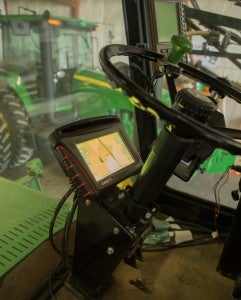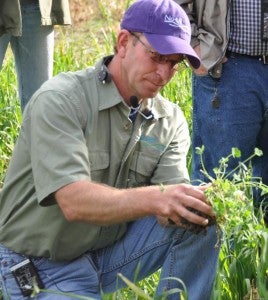It’s been a tough year for the almond. Vilified and beaten down, the nut has come to symbolize the California drought. While the reasons for and solutions to the drought are complicated and nuanced, the almond’s reputation has nonetheless suffered.
Meanwhile, farmers across the board are under increasing pressure – from regulatory requirements and increasing consumer demand for transparency – to modify their fertilizer application practices and thereby reduce nitrogen losses to the air and water.
Fortunately, there’s good reason for the almond to cheer up – a new Specialty Crop Block Grant (SCBG) from the California Department of Food & Agriculture will support the state’s almond growers in their ongoing efforts to make nut production more sustainable, without sacrificing yields. Read More

















